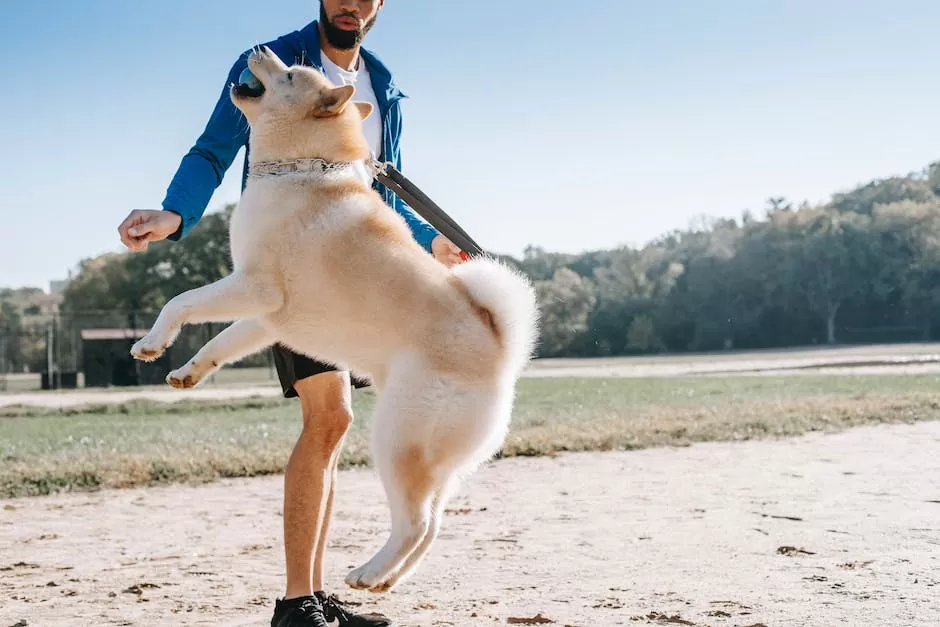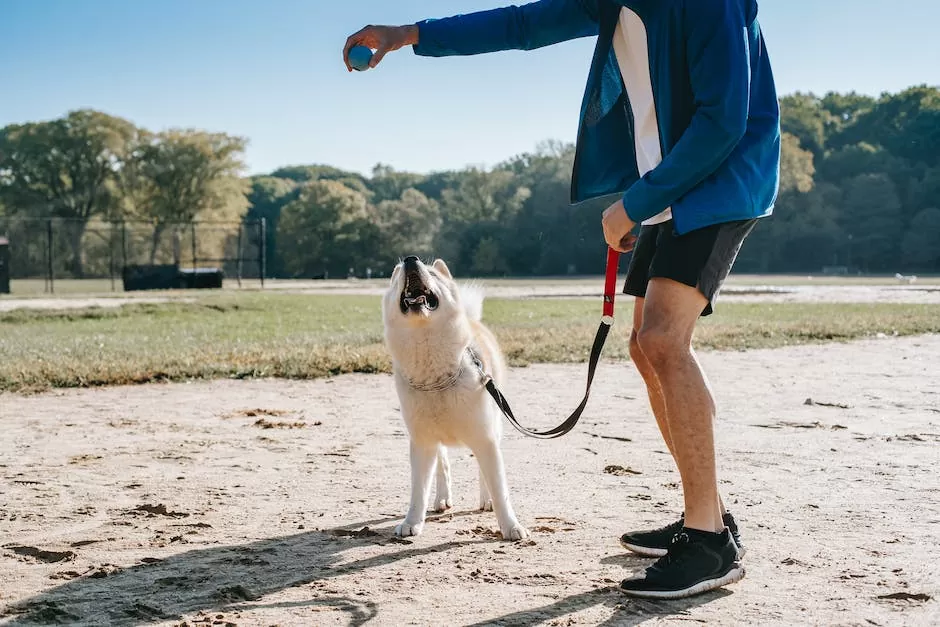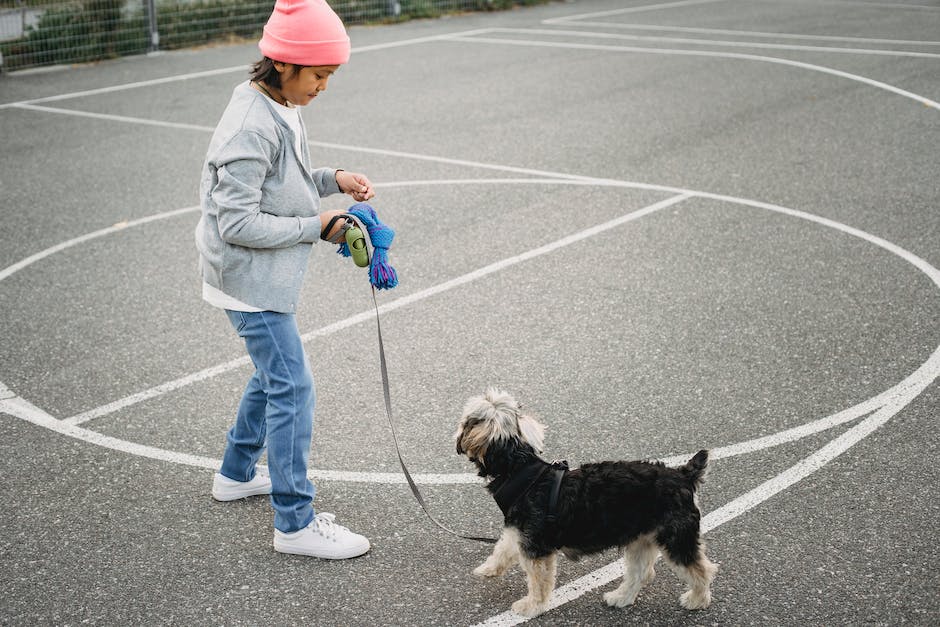How to teach a rescue dog to play?

Rescue dogs are often misunderstood. They come from a background of neglect or abuse and as a result, may be fearful of people or other dogs. Despite their past, rescue dogs have the potential to be loving, loyal companions. Proper socialization and training is essential for rescue dogs to learn to trust people and feel comfortable in their new home.
One way to help a rescue dog feel comfortable and to bond with their new family is through play. Dogs are natural learners and love to play. Playing with your rescue dog can help them feel safe and build their confidence. It is also a great way to Tire them out!
There are many different games you can play with your rescue dog to help them learn to trust people and have fun. One game to try is tug-of-war. This game can help build muscle and help your rescue dog to use their natural prey drive in a positive way. Start by using a toy that your dog is not overly possessive of and let them win a few rounds. As your dog becomes more comfortable with the game, you can make it more challenging by playing tug-of-war with a toy they are more interested in.
Other games to try include fetch, chase and hide-and-
Assuming you would like tips on teaching a rescue dog to play:
1. Start with basic commands such as sit, down, stay, come, and leave it. These will help to establish you as the leader and will give your dog a sense of structure.
2. Take your dog to the park and let him/her socialize with other dogs. This will help your dog to be less fearful and to start having fun.
3. Get some dog toys and start playing with your dog! fetch, tug of war, and chasing games are all great ways to have fun with your pup.
How do I encourage my rescue dog to play?
It is important to encourage your dog with gentle praising, building to excited physical and verbal praise when your dog is more enthusiastic. Dogs can also be encouraged to play with toys by using a toy designed to have food pushed into it. Show your dog the toy, let your dog sniff the food and then roll the toy along the floor.
There are several reasons a dog may not have learned to play. One common reason is a lack of early socialization. Some dogs don’t play simply because no one has ever engaged in a game with them. Another reason is that their instincts may drive them to do other things.
How do you play with a dog that doesn’t play
If your dog isn’t interested in playing, there are a few things you can try to get them to play. First, find toys that interest them. If they’re not food motivated, try finding a toy that they can’t resist. Another way to get them to play is to find out what kind of play your dog enjoys. Some dogs like to play fetch, while others like to play tug-of-war. Be patient and keep trying. Never punish or force them to play. Instead, interact with them and make it fun for both of you.
If you want your rescue dog to feel more comfortable, you could do a few things to make the dog feel at home. This includes getting the dog used to the new environment of your home and reducing stress levels. You may also need to provide more opportunities for the dog to play, as nervous energy can prevent him from doing so.
How long does it take a rescue dog to fully adjust?
It is normal for it to take some time for rescue dogs to adjust to their new homes. You should expect it to be challenging for the first week or so. However, you’ll start to see major progress after three weeks, and they will probably be fully settled in after three months.
The 3-3-3 rule is a guideline for how long it may take a shelter dog to adjust to their new home. Many dogs may feel overwhelmed and nervous for the first 3 days, but will start to settle in after 3 weeks. It may take up to 3 months for the dog to build trust and bond with their new owner.
How do I know if my rescue dog is happy?
A happy dog will have floppy ears that rest naturally against their head. Their gaze will be soft and relaxed, and their body and tail will be wiggly. They will have a happy facial expression and do a happy dance with their bottom up and their head/chest low. They will have happy barks and enjoy playtime and walks.
The bottom line is that your rescue dog will be normal according to their version of normal. Sometimes, this means a fully-adjusted dog with a wonderful temperament and love of new adventures. Other times, it means your dog is still unsure of the world around them, but as long as they have you to trust, they’re okay.
Is it OK to ignore my dog when he wants to play
While it might seem counterintuitive, ignoring your dog can sometimes work as a useful training tool. The idea is that when you react to an unwanted behavior, you are actually rewarding the behavior. So ignoring behavior is particularly helpful when what the dog seeks is your attention.
If you notice that your dog is acting differently and doesn’t seem as interested in playing as usual, it could be a sign of a health problem. If your dog is older, this could be a sign of age-related health issues. If your dog is younger, it could be a sign of a dental health problem, for example. If you’re concerned about your dog’s health, it’s best to consult a veterinarian.
How many minutes a day should you play with your dog?
It is generally recommended that your dog spend between 30 minutes to two hours being active every day, and not just on the weekends. Your veterinarian can help you decide exactly how much exercise your dog actually needs.
There is no one right answer to this question – it depends on your individual situation and what works best for you and your dog. If you are happy with the way things are, then there is no need to change anything. However, if you would like to have more control over when your dog is allowed on the furniture, you can set some clear boundaries and rules. Explain to your dog what you expect from him, and be consistent with your enforcing the rules. With a little patience and training, you should be able to achieve the level of control you are looking for.
Can you bond with a rescue dog
1. Get to know your dog’s quirks and personality – spend time together doing things she enjoys. Some quiet time spent sitting with your dog, petting her and letting her get used to your scent can be bonding time too.
2. Work on basic obedience commands – this will help her feel more comfortable around you and show her that you are in control. It will also give you a way to communicate with her and help her feel safe.
3. Make sure you have plenty of patience – it may take some time for your dog to warm up to you, and that’s okay. Rush things and you may end up with a scared or anxious dog who doesn’t trust you.
4. Focus on building a strong bond – this takes time and should be based on mutual trust and respect.Be consistent in your interactions with your dog, and always follow through on your commands. With a little patience and effort, you and your dog can form a lasting bond.
Dogs who have been adopted from shelters, rescues, or unscrupulous breeders may have emotional issues from abandonment or trauma. These dogs may be more fearful or anxious than other dogs, and may require extra patience and understanding. It is important to be aware of these potential issues when adopting a dog, and to be prepared to provide the love and care that these dogs need to heal and thrive.
What is the 3 3 3 rule?
The 3-3-3 rule is a helpful guideline for pet owners who are acclimating their new pet to their home. The rule suggests that the pet will need the first 3 days to adjust to their new environment, the first 3 weeks to get comfortable with their new routine, and the first 3 months to bond with their new family. This timeline may vary depending on the individual pet, but new pet owners can expect that the adjustment process will take at least 3 months.
The ‘Rule of Three’ is a great way to gauge how long it might take your new dog to adjust to their new home. In most cases, it takes them three days to feel comfortable and to start exploring their new surroundings. However, it’s important to give them time to settle in and to get used to their new routine. In some cases, it may take up to three weeks or even three months for your dog to feel truly comfortable and settled in their new home.
Where should rescue dog sleep first night
Welcome your new rescue dog to their first night in their new home with a comfortable crate in your bedroom. This will help them feel safe and secure while you are sleeping and prevent them from getting into trouble. Make sure to provide them with plenty of food and water and some toys to keep them occupied. Good luck!
The 3-3-3 rule is a general guideline that represents the phases of a rescue dog or common milestones your new dog or puppy will go through… it is the first 3 days, 3 weeks, and 3 months after bringing your dog home from the shelter. The 3-3-3 rule also known as the “rescue dog honeymoon period“. This is a crucial time for you and your new dog to get to know each other and start to bond. It is important to be patient and understand that your dog may need some time to adjust to their new home and routine. It is also important to be consistent with rules and boundaries during this time so that your dog can learn what is expected of them.
How traumatic is it for a dog to change owners
There are many factors to consider before changing a dog’s owner. It is important to think about what is best for the dog and their overall wellbeing. Consider all options and consult with experts before making a decision.
There’s no need to feel guilty about renaming a pet after adoption. In fact, it can be a great way to start fresh with your new pet and bond with them. Just be sure to pick a name that you and your family will be comfortable with.
Conclusion
There are a few things to keep in mind when teaching a rescue dog to play. First, let the dog get used to you and your scent. Get down on their level, let them sniff you, and offer treats. Once the dog is comfortable with you, start with basic commands such as sit and stay. Once the dog has mastered these commands, you can begin to introduce playing fetch or another game. Dogs love to play, so be sure to make it fun for them. Use positive reinforcement such as treats or verbal praise when the dog does something you want.
Most rescue dogs are hesitant to play because they either haven’t been properly socialized or they’ve had bad experiences in the past. However, with a little time and patience, you can teach your rescue dog to enjoy playtime just like any other dog. The key is to start slow and use positive reinforcement. Give your rescue dog plenty of time to warm up to you and the concept of play before you start asking them to do anything. Once they seem comfortable, you can start working on some basic obedience commands like sit, stay, and come. These will help your rescue dog understand what you want them to do and give them a little structure during playtime. Remember to be patient and have fun, and soon your rescue dog will be enjoying playtime just as much as any other dog.